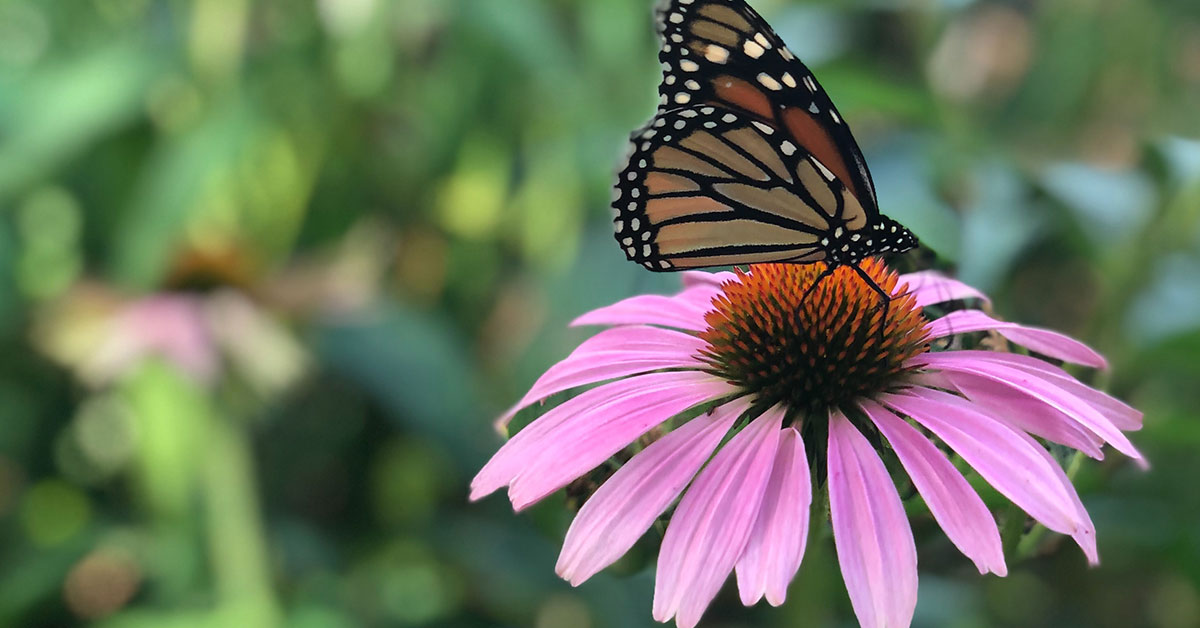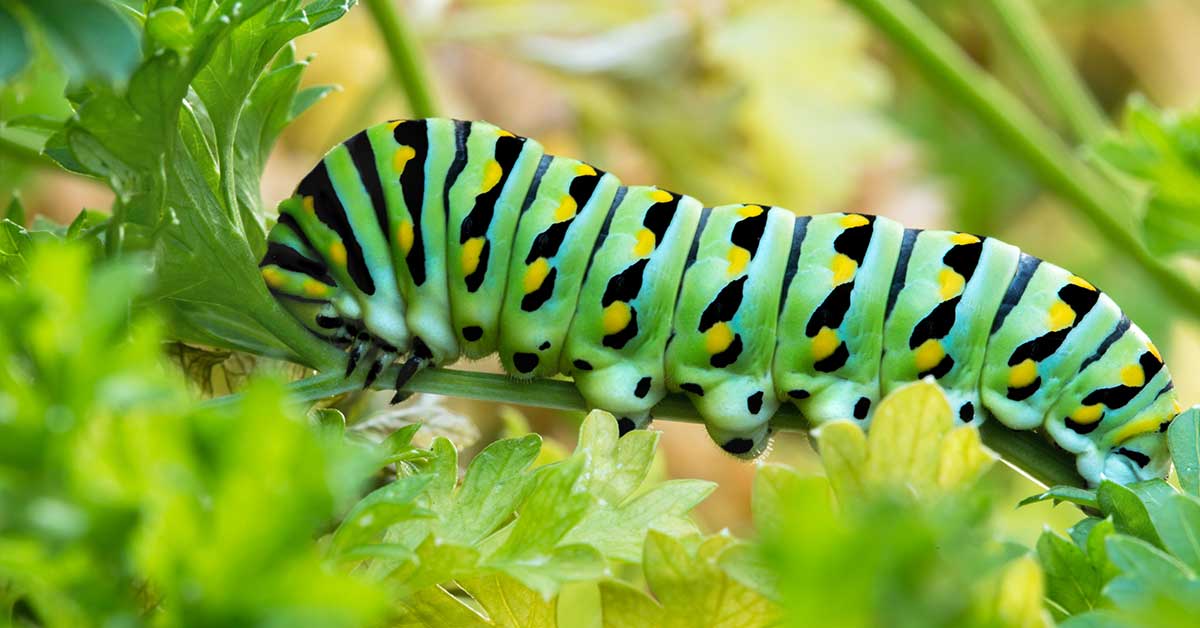Watering your house plants is certainly an act of love. If you didn’t water them, on a long enough timeline, they would eventually and die. So here it is, my #1 most important gardening tip: water your plants. Without water, the whole system falls apart. But is there such a thing as too much water? Why yes, yes there is. Some plants love tons and tons and tons of water. Others don’t. And if you overwater a plant, a nasty thing called root rot can happen.
The good news is that this nasty little condition can be prevented and in some cases reversed. The bad news is that once root rot has begun, it can be difficult to turn around. But not impossible! In this article, we’re going to break down what root rot is, how to treat it, and the best ways to prevent it. So let’s dive in, y’all!
What is root rot?
Root rot is a lay term given usually to one of two things. One form of root rot is caused by waterlogged soil. Soil that contains too much water can suffocate the roots, preventing vitally important oxygen from reaching the roots of the plants and causing the roots to begin to die, decay, and ‘rot’ away. Once the rot has begun, it can continue to spread to other roots, even if they aren’t waterlogged.
The second cause of root rot is a fungal infection. In healthy soil, there is a vibrant array of fungi that call it home as well, and this is ultimately a good thing for your plant. But not all fungi are benign, and when the soil has become too wet for too long, it can cause some of that harmful fungi to flourish and begin attacking the roots of your plant, causing them to die.
The challenging thing about root rot is that it can be difficult to figure out which one exactly is the problem.
What does root rot look like?
If you’ve landed here, you’re probably wondering: what does root rot look like? The signs of root rot are actually somewhat similar to underwatering because the plant is having difficulty taking in moisture and nutrients due to the steady decay of its roots. One of the surest signs of root rot is wilting and yellowing leaves in a plant that has been watered plenty.
Another way to tell is by inspecting the roots of the plant. Uproot the plant from the pot it’s in. If the roots appear brown and falling away from the plant, you can be sure you have a bad case of root rot. Healthy roots should be firmly attached to the plant and not quick to break away. You may notice a somewhat foul odor coming from the soil as well. This is definitely not a good sign.
How to treat root rot
The cause of root rot, be it a fungal infection or just being too wet for too long, is pretty much impossible to tell without getting pretty scientific about it. To succeed, you’ll want to treat it like it is a fungal infection and be careful to remove as much of it as you possibly can.
If you suspect root rot is killing your plant, act fast. Remove the plant from its pot and begin removing any dead roots with a clean, disinfected pair of shears. It might be shocking just how much of the root system you need to remove. In addition to dead roots, dead branches and foliage should also be removed, as long as it doesn’t compromise the ability of the plant to continue growing. Again, use disinfected shears to remove dead foliage. Don’t use the shears you trimmed the dead roots away with unless you have thoroughly disinfected them.
Remove as much of the soil from the root system as you possibly can and, if possible, dip the roots in a fungicide to eliminate any remaining fungal infection damaging the plant. Dispose of the soil, don’t reuse it. Select a brand new and disinfected pot to repot your plant. I do not advise putting it back in the same pot, even if it’s been disinfected.
If you plan to reuse the old pot, use a bleach solution to disinfect it and leave it in a hot, sunny, airy location to fully dry out. Don’t be eager to reuse this pot, especially if it’s made of a porous material.
Prevention
Lastly, a note on preventing root rot. Prevention is the best cure to this affliction. Be mindful of how much you’re watering your plants, especially ones that don’t call for being completely waterlogged or very soggy. You will also want to be mindful of any basins your plant sits in. If the basin is full, the soil will continuously uptake that water, potentially leaving your soil too wet for too long.













